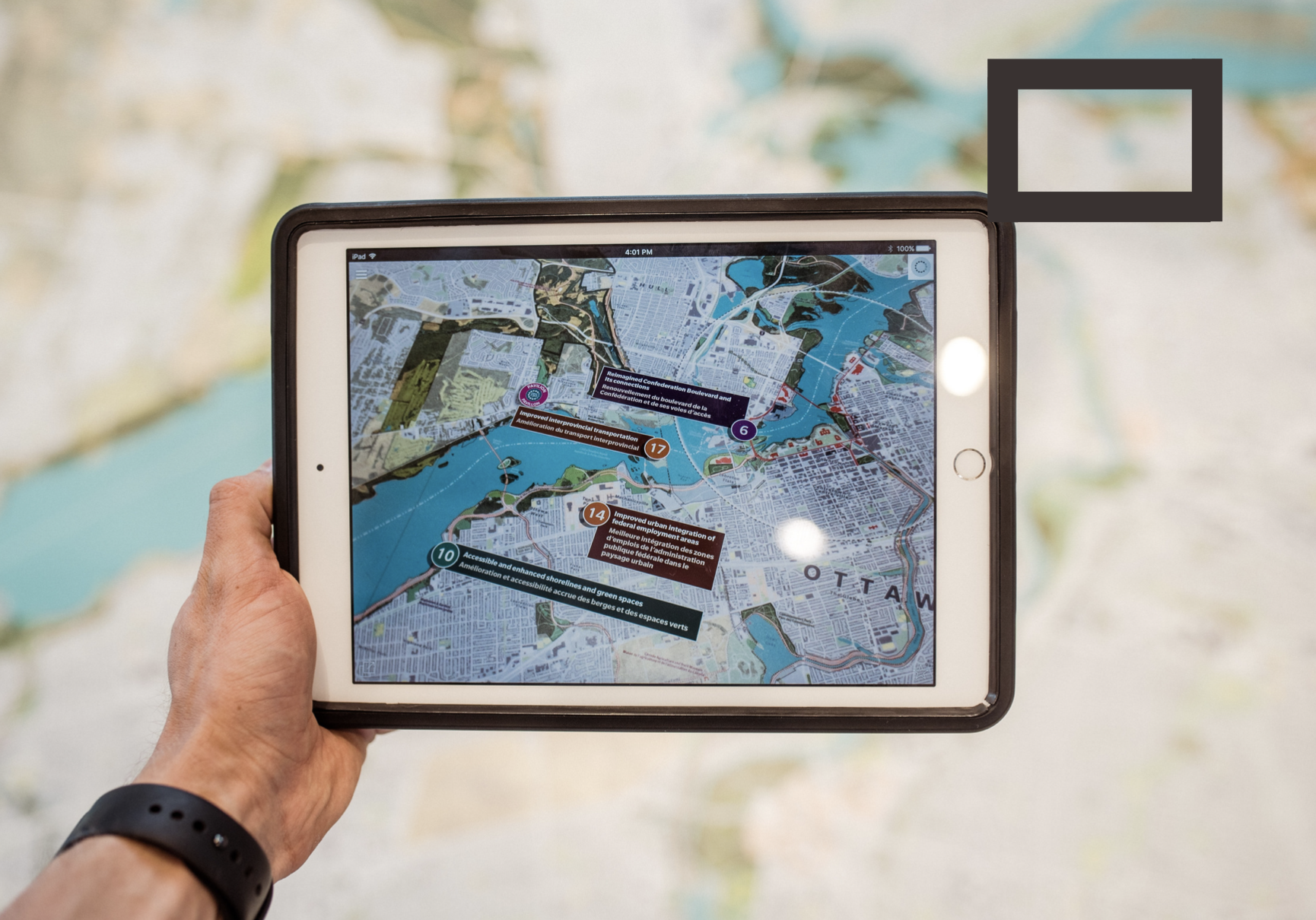How to get more from your digital transformation?
You might think that digital transformation is old news in 2022. But most organisations I work with are still midway through large digital transformation programs. And when you ask questions, they’re often met with doubts and confusion, especially on what’s exactly in scope and what this digital transformation will bring to the business.
The above cartoon by Tom Fishburne is a great illustration of that widespread confusion, as well as this quote by Tony Saldanha, former P&G executive and author of “Why Digital Transformations Fail”.
“The biggest challenge in today’s world is the language related to digital transformation. The term has been co-opted by every IT marketing person selling anything from an email upgrade to artificial intelligence” Tony Saldanha.
Language and clarity are critical. In the early stages of my strategy and innovation work with leaders I need to quickly get my head around what the digital agenda in their company is, how digital transformation differs from other innovation priorities, and where it fits in the overall strategy. I have found the business model canvas (BMC) a great help to bring clarity to conversations on digital transformation, make possible limitations of on-going programs more explicit, and illustrate how the organisation could get more from their transformation investment.
In this blogpost I will highlight different archetypes of digital transformation on the BMC, show how this strategy tool can help bring clarity to complex conversations, and open up opportunities to get more growth and resilience from digital transformation.
So, how to get more from your digital transformation?
A quick refresher on the Business Model Canvas
Definition: a business model describes how an organisation creates, delivers, and captures value.
If you’re not yet familiar with the Strategyzer Business Model Canvas, watch the below video first to get an introduction to this strategy tool and its nine building blocks.
Digital transformation as an an upgrade of your operating model
Many digital transformations focus on the operating model of an existing business. They only impact the backstage (what the customer doesn’t see).
Today, new digital enablers combined with new activities and new partners open up many opportunities to make your business much more efficient.
For certain companies, digitalising their supply chain or focusing on their operating model could be the right strategic outcome. Strategic clarity is key here.
But you could still ask the below question to probe and check whether there might be other benefits to gain from this transformation:
Can you fronststage remain the same after the transformation, or does it need to be transformed as well?
Digital transformation as an adaptation to customer expectations in a digital world
Your strategic plan might also focus on transforming the interaction with your customers. Many companies choose to adapt their frontstage to new digital expectations of their customers. Those are shown on the “customer relationship” block of the business model. “Direct”, “instantaneous”, “always-on”, “hassle-free” would be typical attributes of this new relationship. And that also means organisations will need to manage new channels, such as “social media”, “e-commerce” and “other digital channels”.
You probably remember the Internet meme “who led the digital transformation of your company?” who circulated in the first few months of the COVID-19 pandemic. It highlighted the fact that many companies had suddenly lost access to market with shops closed and customers locked down. Adding (or adapting) the building blocks “social media”, “e-commerce” and “digital channels” had suddenly become priority number 1 to continue to operate.
Certain sectors like retail and consumer goods were highly impacted by the pandemic. Bunnings in Australia and New Zealand is a good example of a company that had a “wake-up” call on digital transformation when COVID hit.
For Bunnings, digital transformation is certainly not over, but COVID acted as a powerful accelerator on this journey.
There are many organisations like Bunnings that succeeded in adapting their business model to the channels and type of customer relationship expected in a digital world, an achievement worth celebrating in the daunting context of the pandemic and drying revenue streams.
Opening up those new channels can have a huge impact on a business model, when it enables you for instance to skip traditional intermediaries and gain direct access to end customers of your product and services and ownership of their usage data.
But if you stop here, then the digital transformation of your company would only help you sustain your current value proposition to the same customer segment for a bit longer.
There is still an opportunity to push for more and use your digital transformation to protect you against the risk of your value proposition becoming obsolete.
Digital transformation as the enhancement of your value proposition to the full potential of digital
Some companies manage to push their digital transformation efforts even further, and get the full benefits of a now “digitally enhanced value proposition”.
Think of Netflix and how it evolved its value proposition from “movies by mail” to a “content streaming platform” when the time was right. We tell the story of this shift in The Invincible Company.
This could be mistaken as the final step on a digital transformation journey. But it doesn’t have to be. There is one new move in the strategic playbook enabled by our digital world.
Digital transformation as the exploration of new business models building on digital assets
At some point in their digital journey, a company has built new “digital assets”, uplifted its talents, and aggregated a wealth of “data” that could trigger the exploration of potential new business models, beyond what the company is currently doing.
Think of 23andme and how it reused the “genetic data” captured with its “DNA testing kits” value proposition to create additional value propositions for “researchers” and “pharma companies”. Not only will those new business models create growth for 23andme, but it could also change the world if it eventually leads to new breakthrough treatments. We tell this story in The Invincible Company.
That step is the one that leverages all previous efforts and leads to the most transformative outcomes in terms of new growth and long-term resilience.
Leveraging digital transformation for business model innovation
Don’t let language derail you. One way to overcome the complexity of conversations on digital transformation is to use a visual strategy tool like the Business Model Canvas. It helps with finding a common language to describe the digital transformation and its goals. It is the role of leaders to set the vision and provide that clarity. It’s also the role of leaders to build long-term resilience in their organisation. Digital transformation can be an effective enabler of long-term resilience when the investment is also leveraged as an opportunity for business model innovation. And more than a decade into the digital conversation that is still an unexplored opportunity in most organisations.
Reach out if you need help to get more from your digital transformation.















